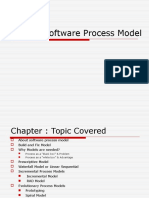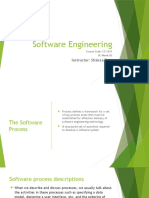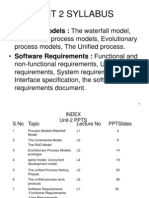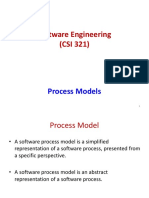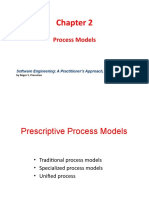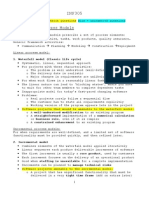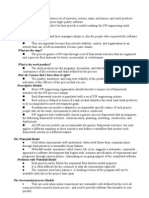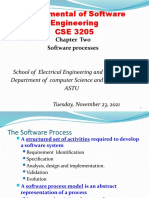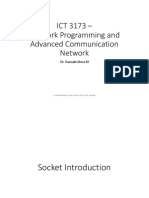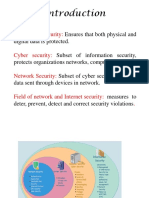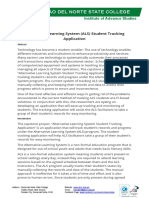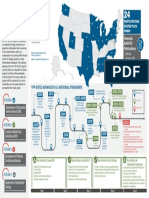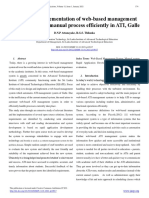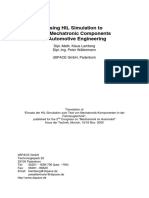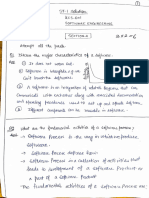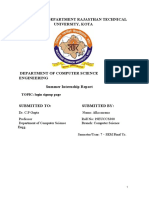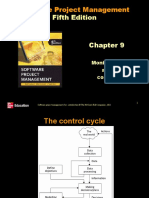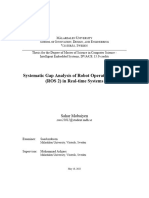0% found this document useful (0 votes)
83 views25 pagesL2 - Software Engineering Process Models
The document discusses several software engineering process models including waterfall, incremental, evolutionary, and agile models. It describes the activities, advantages, disadvantages, and uses of each model. It also covers topics like prototyping, the spiral model, component-based development, the unified process, object-oriented development, and requirements gathering.
Uploaded by
lolzcat3454Copyright
© © All Rights Reserved
We take content rights seriously. If you suspect this is your content, claim it here.
Available Formats
Download as PPTX, PDF, TXT or read online on Scribd
0% found this document useful (0 votes)
83 views25 pagesL2 - Software Engineering Process Models
The document discusses several software engineering process models including waterfall, incremental, evolutionary, and agile models. It describes the activities, advantages, disadvantages, and uses of each model. It also covers topics like prototyping, the spiral model, component-based development, the unified process, object-oriented development, and requirements gathering.
Uploaded by
lolzcat3454Copyright
© © All Rights Reserved
We take content rights seriously. If you suspect this is your content, claim it here.
Available Formats
Download as PPTX, PDF, TXT or read online on Scribd
/ 25
